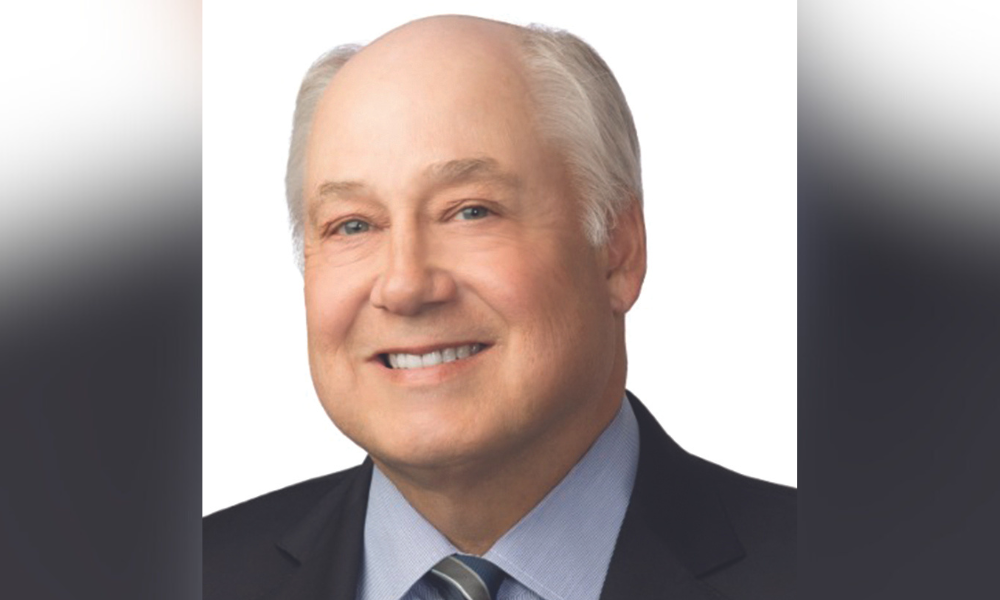
'Huge benefit cases pose incredible risks to employers,' says lawyer

In a landmark court case involving hundreds of thousands of plaintiffs, a U.S. court of appeals has certified a “mega-class action” claim involving employee retirement plans.
The decision is a signal that the law is taking Employee Retirement Income Security Act (ERISA) claims more seriously, says Duane Morris LLP partner Gerald L. Maatman Jr.
The case, Chavez v. Plan Benefit Services, sees almost 300,000 employees of the Training, Rehabilitation & Development Institute suing Plan Benefit Services, Fringe Insurance Benefits, and Fringe Benefit Group (FBG) for alleged mismanagement of funds, mostly through excessive fees.
“Employers need to be aware that in certain circumstances, huge benefit cases can be certified as class actions, which pose incredible risks to employers,” said Maatman.
The past years have seen a “surge” of class-action lawsuits filed under ERISA, Maatman says, with many cases falling under the “excessive fee” category, such as the Chavez case; there have been over 200 such class actions filed since 2020.
In 2022, the top 10 ERISA class-action settlements totalled $399.60 million, according to his research. The majority of cases found that ERISA fiduciaries acting on the part of employers breached their duties of loyalty by “among other things, offering expensive or underperforming investment options and charging participants excessive recordkeeping and administrative fees,” according to Maatman, adding that in ERISA case,s judges often find that the commonality of plan breaches outweighs any arguments against class certification.
Since the famous Wal-Mart v Dukes case in 2011, which saw a Supreme Court judge reject a similar mega-class action certification because of “lack of commonality”, the bar was considered raised for certifications, Maatman says. The Chavez certification reverses that precedent.
“I think most people hearing about this case would have assumed that this is a case that would never be certified,” said Maatman. “It's too big. It's too broad. It's too complex. There are too many individual questions. It shows the outer edge of how far a court might go to certify an ERISA class action. So this is an eyebrow-raiser for many people who thought that a court wouldn't go this far, but here we are, and it did.”
Under FBG’s structure, employers paid into two trusts on behalf of their workers: a Contractors and Employee Retirement Trust (CERT), and a welfare and health benefits plan.
FBG contracts also included a “Master Trust Agreement” which gave FBG even more control, including determining fees deducted from trusts and allowing it to direct “banks and other entities holding trust funds to pay those fees, including to FBG itself,” according to court documents. The Master Trust Agreement also authorized FBG to “calculate and deduct its own fees from employer contributions before remitting premium payments to the carriers.”
To protect employers from class-action claims due to fraudulent fiduciaries, Maatman recommends HR professionals monitor their third party contractors closely and keep records.
“Companies and their plan administrators should exercise reasonable care and undertake precautionary measures to monitor their retirement plans,” he said. “Amongst various steps, they should record the findings and outcomes of their monitoring efforts; document whether service providers adhered to professional standards and legal and regulatory requirements, as well as whether vendor controls and procedures worked effectively and benefited the plan.”